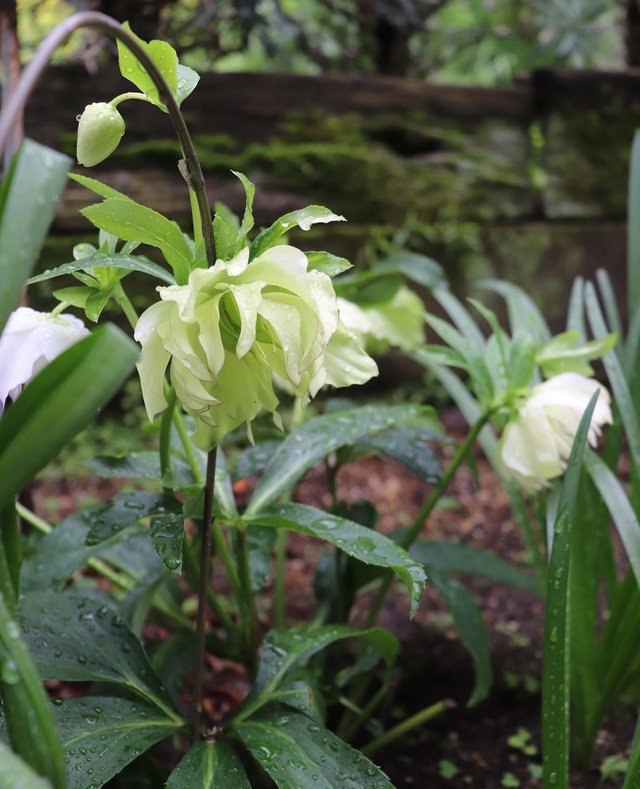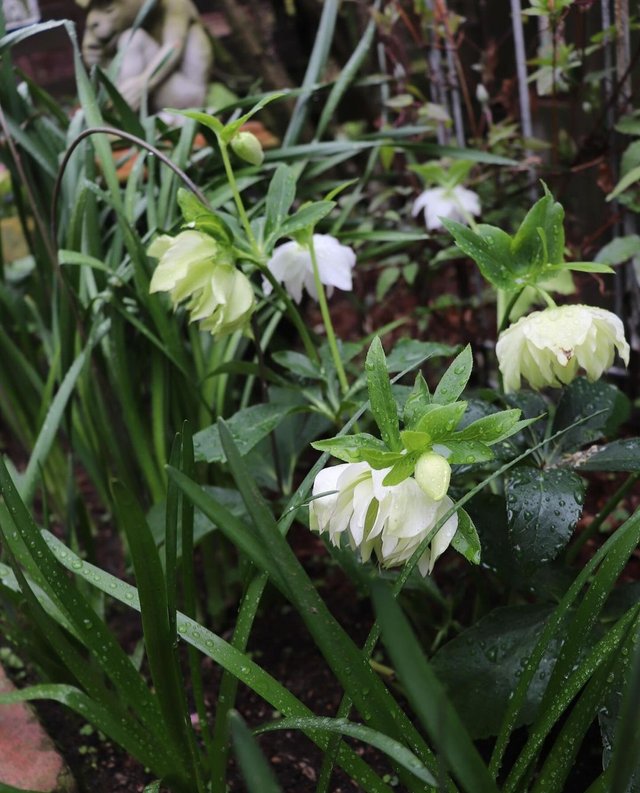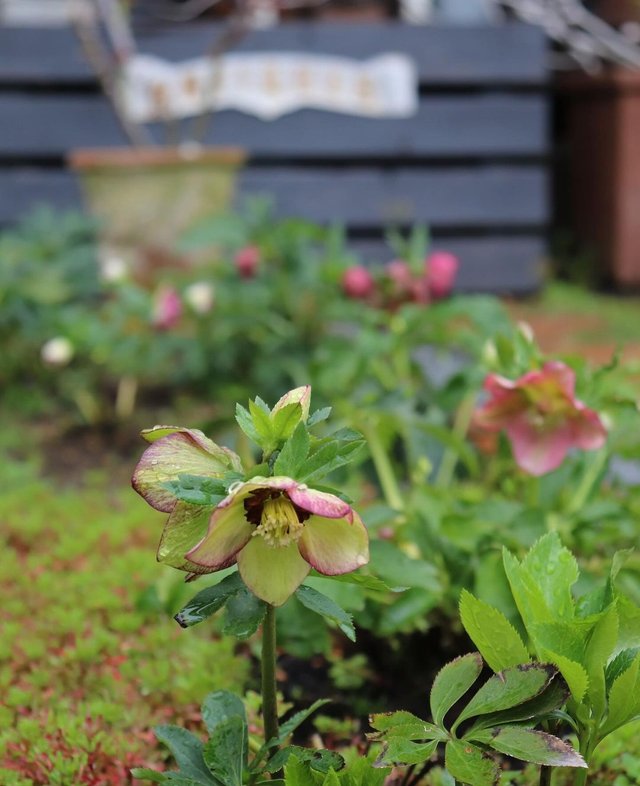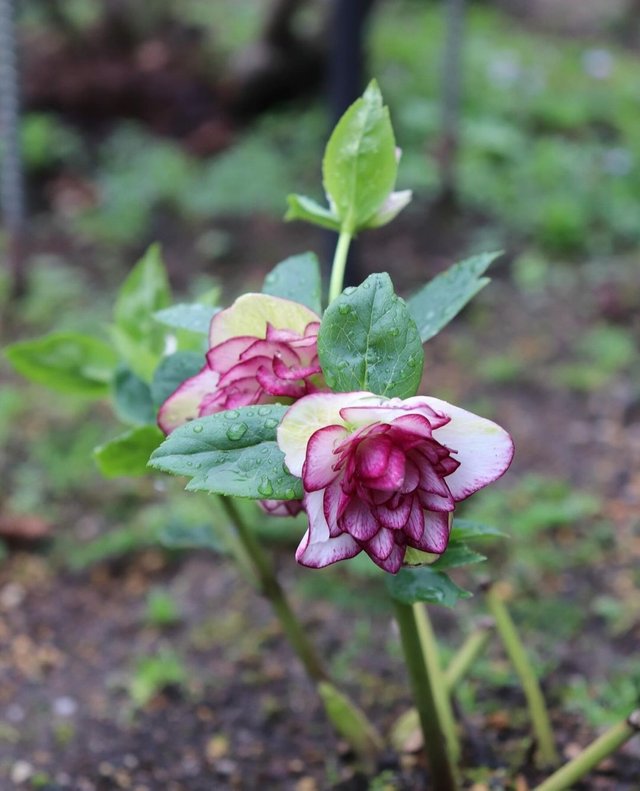Beauty of Helleborus niger: The Winter Rose




In the depths of winter, when most flowers lay dormant, there exists a delicate yet resilient beauty known as Helleborus niger, or the Christmas Rose. This enchanting flower, with its pristine white petals veined with touches of green, emerges bravely from beneath the frost, offering a glimpse of hope and renewal amidst the cold.Native to the mountainous regions of Europe, particularly the Alps, Helleborus niger has long been cherished for its enduring bloom during the darkest months of the year. Its name, "niger," meaning black, is a nod to the dark color of its roots. Despite its common name, the Christmas Rose typically blooms from late winter to early spring, often appearing around the holiday season, hence its association with Christmas.
Symbolically, the Christmas Rose embodies resilience, perseverance, and hope. Its ability to flourish in the harshest of conditions serves as a reminder that beauty can thrive even in the bleakest of circumstances. In folklore, it is often regarded as a talisman against evil spirits and a harbinger of good fortune.The allure of the Helleborus niger lies not only in its symbolic significance but also in its captivating aesthetic. Each flower boasts five to eight overlapping petals, surrounding a central cluster of stamens, creating a striking contrast against the backdrop of snow or barren earth. Its evergreen foliage provides a verdant backdrop even in the depths of winter, adding a touch of life to the winter landscape.
Cultivating Helleborus niger requires a bit of patience and care. It thrives in moist, well-drained soil with partial shade, making it an ideal addition to woodland gardens or shaded borders. Despite its preference for cool temperatures, the Christmas Rose is remarkably hardy, capable of withstanding frost and snow.Beyond its ornamental value, Helleborus niger holds a place in traditional medicine and folklore. Historically, extracts from the plant were used to treat various ailments, though caution is advised due to its toxic properties. In modern herbalism, it is still employed in small doses for its purported medicinal benefits, particularly in treating respiratory ailments and circulatory issues.
Gracias
